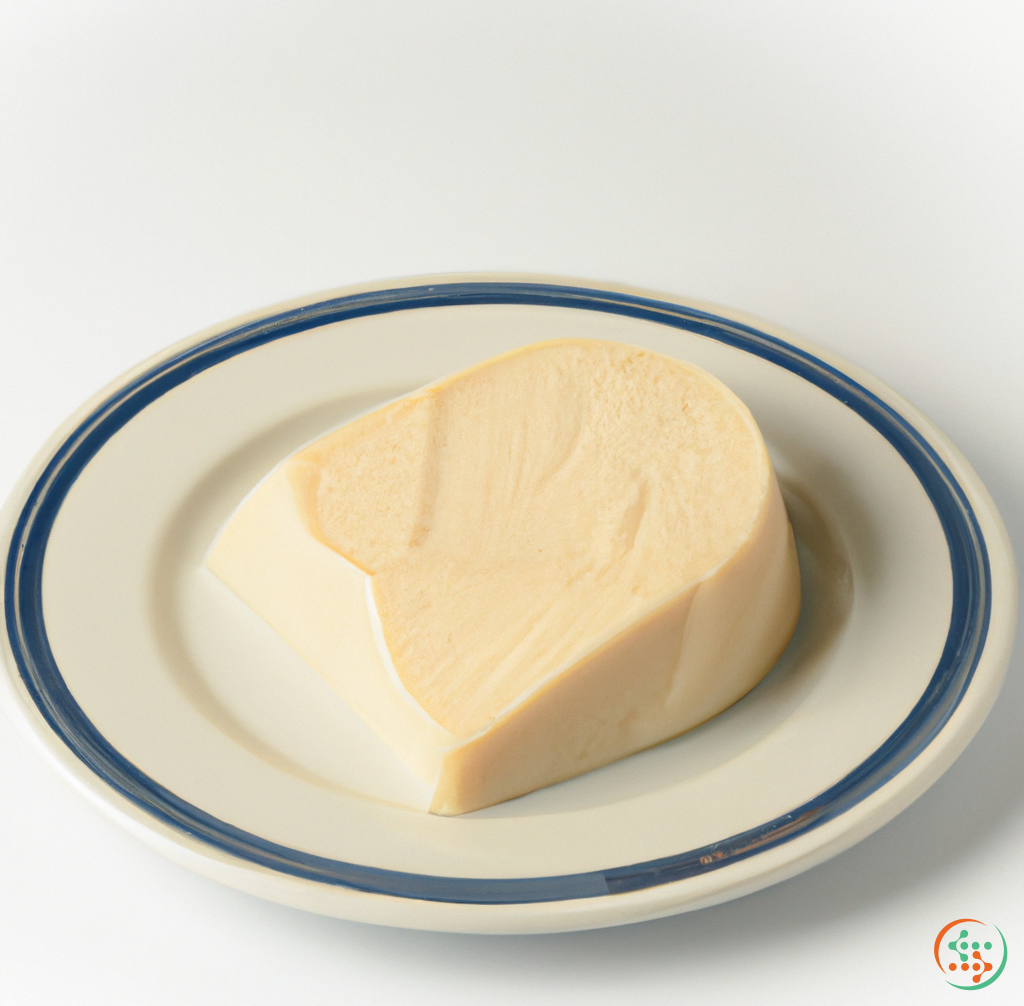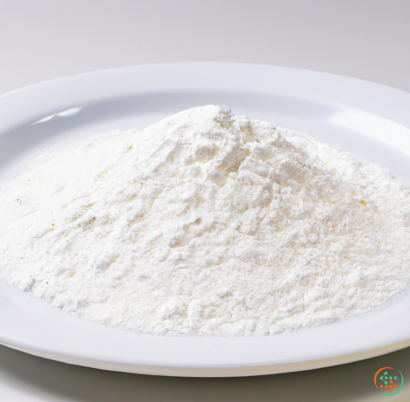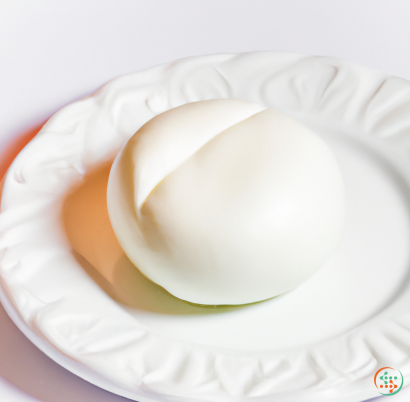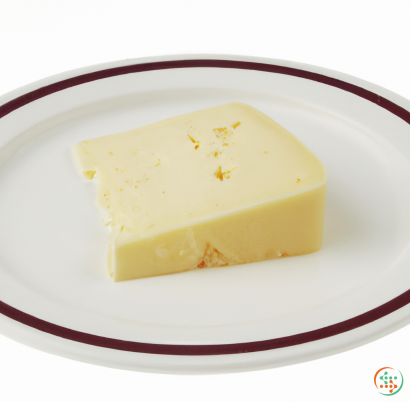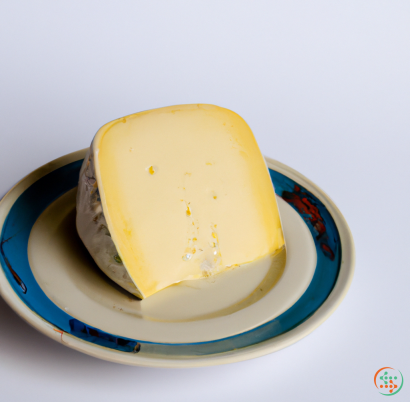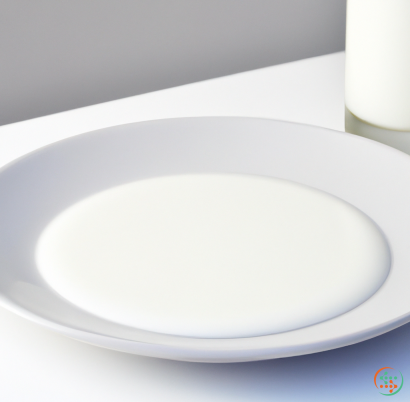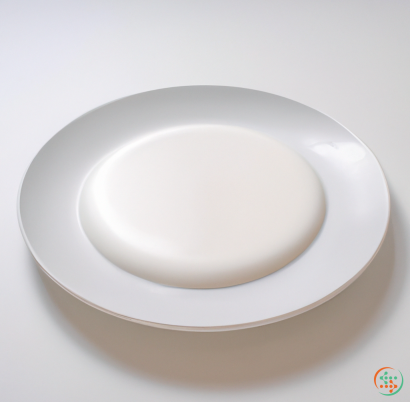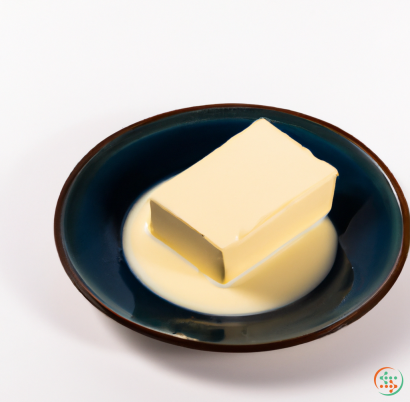Tilsit Cheese
Tilsit cheese is a semi-hard cheese that has its origins in northern Germany and Eastern Europe. It is made from cow’s milk and has a bright yellow interior that is firm, but slices easily. Its texture is slightly grainy and it has a tangy, lightly salty flavor. The name ‘Tilsit’ comes from the latin word for cheese Tilsiter and it can be found in specialty stores around the world.
Tilsit cheese is an all-purpose cheese due to its mild flavor and soft texture. It may be eaten as is, or melted and served over sandwiches, hamburgers, and other hot dishes. For example, in Germany it is often served on open faced sandwiches or used in a cheese fondue. It’s also popular in Sweden, where it’s added to gravlax and served over diced potatoes.
In Germany, especially in the region of Schleswig-Holstein, Tilsit cheese has been produced since at least 1850. The cheese is made from cow's milk or a combination of cow's and goat's milk and is aged for between two and six months before it is sold. The product must meet precise production specifications in the production process.
Tilsit cheese is produced according to the “Protected Designation of Origin” (PDO), meaning that it can only be produced within a defined geographic region, using very specific procedures, for it to be identified as Tilsit cheese. The cheese is brined and heated during production, after which it is pressed and shaped into either wheels or cylinders. After the shaping process, the cheese is traditionally packed in wooden boxes. The cheese is then allowed to mature for several months, during which time the wooden box helps to absorb moisture and therefore develop the characteristic flavors and aromas typical of Tilsit cheese.
Inside, the cheese has a creamy consistency and is pale yellow in color. Its flavor is mildly sour and acidic, due to the lactic acid generated by the bacteria in the starter cultures used in the production process. It is also slightly salty, with a hint of sweetness. The cheese can be used in both sweet and savory dishes, and its texture makes it especially suitable for melting.
Tilsit cheese is a great addition to many recipes. It compliments both meats and vegetables, making it a perfect choice for pizzas, quiches, and other dishes. It can be cubed and added to salads or melted into sauces. Or, try grating some over a plate of steamed vegetables for a flavorful side dish. For an easy appetizer, top Tilsit cheese onto slices of baguette and bake at 350°F for about 15 minutes. Enjoying this cheese with a glass of white wine is sure to make any evening special.
If you want to try something more authentic, many of the best recipes featuring Tilsit cheese come from Germany. The Schleswig-Holstein region boasts of a variety of dishes that make use of the distinct flavor of this cheese. For instance, the “Wannenkäse” is a cheese fondue made with a mixture of Tilsit and Emmentaler that’s topped with onion, garlic, and paprika slices. It is eaten with a wooden spoon from a cauldron-shaped metal dish called a “Wanne”. Other regional dishes include crispy potatoes with Tilsit, tart sandwiches with ham and cream cheese, and spicy meatballs smothered in cheese and butter.
Tilsit cheese is an excellent choice for those looking to experience the unique flavor of German cooking. Its versatility and mild flavor makes it perfect for a variety of recipes, both savory and sweet. Plus, its creamy texture makes it ideal for melting and adding a highly flavorful touch to any dish. If you’re looking to take your taste buds on a journey to Germany, adding Tilsit cheese to your cooking repertoire is a great way to do it.
Tilsit is a deliciously mild cheese, with a soft texture, creamy yellow color, and subtle taste that make it perfect for slicing and eating on its own or in sandwiches and omelettes. Originating in Germany in the early 1800s, the cheese is made with a combination of cow's and sheep's milk, and is aged for at least 3 months until it develops its classic flavor. Below explains further how a Tilsit cheese is created and travels from the farm through packaging, to a dinner plate.
As mentioned above, Tilsit is a cheese made from cow's and sheep's milk. The cow's milk adds a rich creaminess and smooth texture to the cheese, providing a unique flavor profile. Sheep's milk contributes a stronger acidic and salty flavor that balances out the sweetness of the cow's milk. The combination provides a well-rounded flavor that is both enjoyable to eat and pleasing to the eye.
To begin the process of making Tilsit cheese, the milk is first pasteurized. This process involves heating sets of milk at temperatures between 145 and 160 degrees Fahrenheit (63 and 71 degrees Celsius) to kill any harmful bacteria. This ensures that the cheese is safe to consume. After pasteurization, the milk is placed in a large vat and heated to the desired temperature. Starter cultures, which aid in the fermentation process, are added to the vat to promote the development of acidity and flavor.
Once the starter cultures have been added, the milk is left to stand for one to two hours. During this time, the cultures work to ferment the milk, producing an acidic environment needed for the cheese to develop. The cheese also begins to clump together, which is when rennet – an enzyme derived from the stomach fats of a calf or lamb – is added. The rennet works to coagulate the milk proteins, allowing cheese curds to form.
The cheese curds are then cut into smaller pieces, which are slowly heated again at a slightly higher temperature. This process helps separate the whey from the curds, creating the desired texture and consistency of the cheese. After the desired texture is achieved, the cheese is molded into blocks or wheels, before it is lightly salted to help preserve its flavor during aging.
The next step in the process of making Tilsit cheese is the aging of the curds. This is the most important part of the process, as it is only during aging that the cheese truly develops its flavor and texture. During the aging process, the surface of the cheese is treated with salt and other natural flavorings such as tomato or smoked paprika, which infuse the cheese with a unique and delicious flavor. As the cheese ages, lactic acid and enzymes work their way through the cheese, adding complexity and depth to its flavor.
Finally, once the cheese has been aged for the desired amount of time, it is ready to package. At this point, the cheese is checked to make sure it meets quality standards and is fit for packaging and sale. The cheese is then covered in wax or special packaging to provide a protective layer and ensure its freshness. The packaging also helps to keep the cheese’s flavor and texture intact for days or even weeks after production.
After the cheese has been packaged, it is then shipped to retail stores or restaurants, ready to be enjoyed by the public. The cheese is carefully stored and monitored during transportation, to ensure that its quality is not compromised before it reaches its destination. Once the cheese has reached its destination, it’s ready to be enjoyed on sandwiches, omelettes, or even just as it is!
Tilsit cheese is an incredibly tasty variety that has a lot to offer in terms of flavor and texture. Because of its mild taste and creamy texture, it is perfect for everyday meals and special occasions alike. From the farm to the packaging, to the transportation, and finally to the dinner table, the cheese’s journey is a fascinating one that shows the dedication that goes into creating this deliciousness cheese.
| Vitamin A | 0.249 mg | |
| Vitamin B1 | 0.06 mg | |
| Vitamin B2 | 0.36 mg | |
| Vitamin B3 | 0.21 mg | |
| Vitamin B5 | 0.35 mg | |
| Vitamin B6 | 0.07 mg | |
| Vitamin B9 | 0.02 mg | |
| Vitamin B12 | 0.0021 mg |
| Calcium | 0.7 grams |
Daily Value 1.3 g
|
| Iron | 0.23 mg |
Daily Value 0.018 g
|
| Magnesium | 0.013 grams |
Daily Value 0.4 g
|
| Phosphorus | 0.5 grams |
Daily Value 1.25 g
|
| Potassium | 0.065 grams |
Daily Value 4.7 g
|
| Sodium | 0.753 grams |
Daily Value 2.3 g
|
| Zinc | 0.0035 grams |
Daily Value 0.011 g
|
| Copper | 0.03 mg |
Daily Value 0.9 mg
|
| Manganese | 0.01 mg |
Daily Value 0.0023 g
|
| Selenium | 0.0145 mg |
Daily Value 0.055 mg
|
| Tryptophan | 0.352 grams | |
| Threonine | 0.899 grams | |
| Isoleucine | 1.484 grams | |
| Leucine | 2.548 grams | |
| Lysine | 2.039 grams | |
| Methionine | 0.754 grams | |
| Cystine | 0.138 grams | |
| Phenylalanine | 1.358 grams | |
| Tyrosine | 1.458 grams | |
| Valine | 1.752 grams | |
| Arginine | 0.849 grams | |
| Histidine | 0.704 grams | |
| Alanine | 0.811 grams | |
| Aspartic Acid | 1.798 grams | |
| Glutamic Acid | 5.49 grams | |
| Glycine | 0.497 grams | |
| Proline | 2.969 grams | |
| Serine | 1.393 grams |
| Total Sugars | 0.131141 grams |
per 100g
|
| Caproic acid (6:0) | 0.54 grams |
|
| Caprylic acid (8:0) | 0.38 grams |
|
| Capric acid (10:0) | 0.75 grams |
|
| Lauric acid (12:0) | 1.07 grams |
|
| Myristic acid (14:0) | 2.61 grams |
|
| Palmitic acid (16:0) | 7.68 grams |
|
| Stearic acid (18:0) | 2.19 grams |
|
| Butyric acid (4:0) | 0.88 grams |
|
| Total Saturated fatty acids: | 16.1 g | |
| Oleic acid (18:1) | 6.07 grams |
|
| Palmitoleic acid (16:1) | 0.67 grams |
|
| Total Monounsaturated fatty acids: | 6.74 g | |
| Linolenic acid (18:3) | 0.32 grams |
|
| Linoleic acid (18:2) | 0.4 grams |
|
| Total Polyunsaturated fatty acids: | 0.72 g | |
| Cholesterol | 0.1 grams |
|
| Total Sterols: | 0.1 g | |
